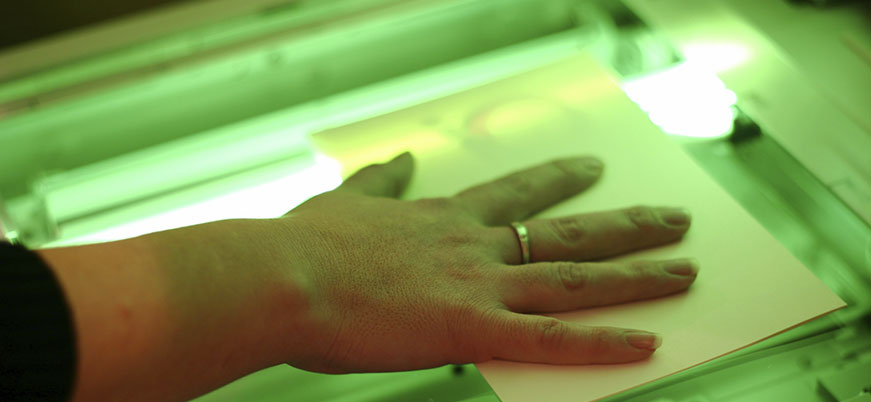When it comes to managing critical documents, you want a system that is easily accessible, but also secure. Folders of paper documents can be lost or stolen, plus they aren’t readily available when you’re away from home. In today’s high-tech world, many options exist for digitizing and organizing documents. However, not all of these are well-suited for storing sensitive information such as financial documents, estate planning information, or personal documents like birth and marriage certificates.
To help you navigate the digital document management landscape, here is a brief overview of different solutions, as well as their advantages and disadvantages:
- Online document sharing services. These services are easy to use and all provide some free storage space. If users exceed this amount, they must pay a monthly fee. In some cases, it can be cumbersome to share information with others.
- Personal storage devices. These include external hard drives used for backups and USB or “thumb drives.” With these physical devices, security is a concern. While it’s possible to encrypt files, they don’t offer data redundancy. This is problematic if you lose an external hard drive or a USB drive while traveling. In addition, there’s no easy and secure way to share information with others.
- FidSafe®. FidSafe is a secure and free online solution that is designed to deliver critical files to you, your family and trusted advisors whenever and wherever you need them. FidSafe provides storage space for 5GB of content. It’s easy to organize documents in folders and share them with trusted contacts. FidSafe’s unique “sharing after death” functionality enables users to identify documents that they want to transfer to others in the event of their death.
To keep information secure, FidSafe uses two-factor authentication every time you access your account and documents are encrypted from the moment you upload a document to the time it’s stored in the system. In addition, FidSafe has strict password requirements, activity logs for each account, and functionality that locks accounts with too many unsuccessful or incorrect login attempts.
It’s never too early to organize your critical documents, store them securely, and ensure that they are easily accessible when and where you might need them. As with any large project, taking the first step is often the most difficult. Most importantly, be sure to document the existence of your FidSafe account, so that in the event that another person needs to access your documents for you, they will be aware that your FidSafe account exists.

